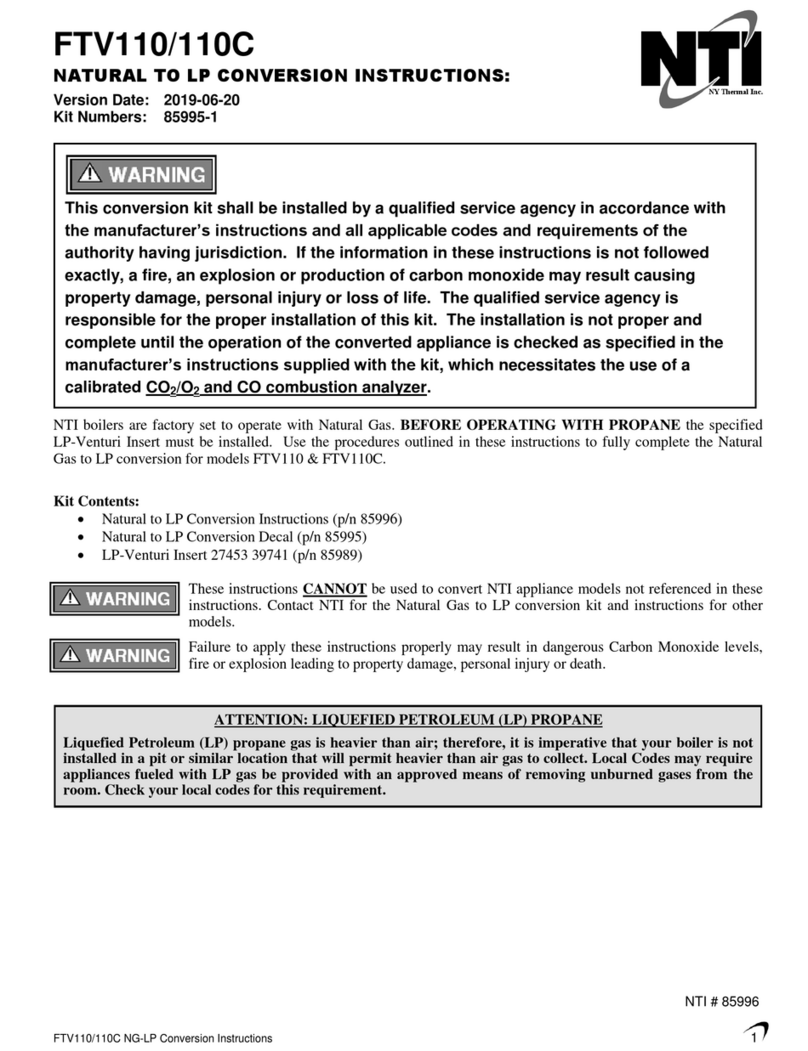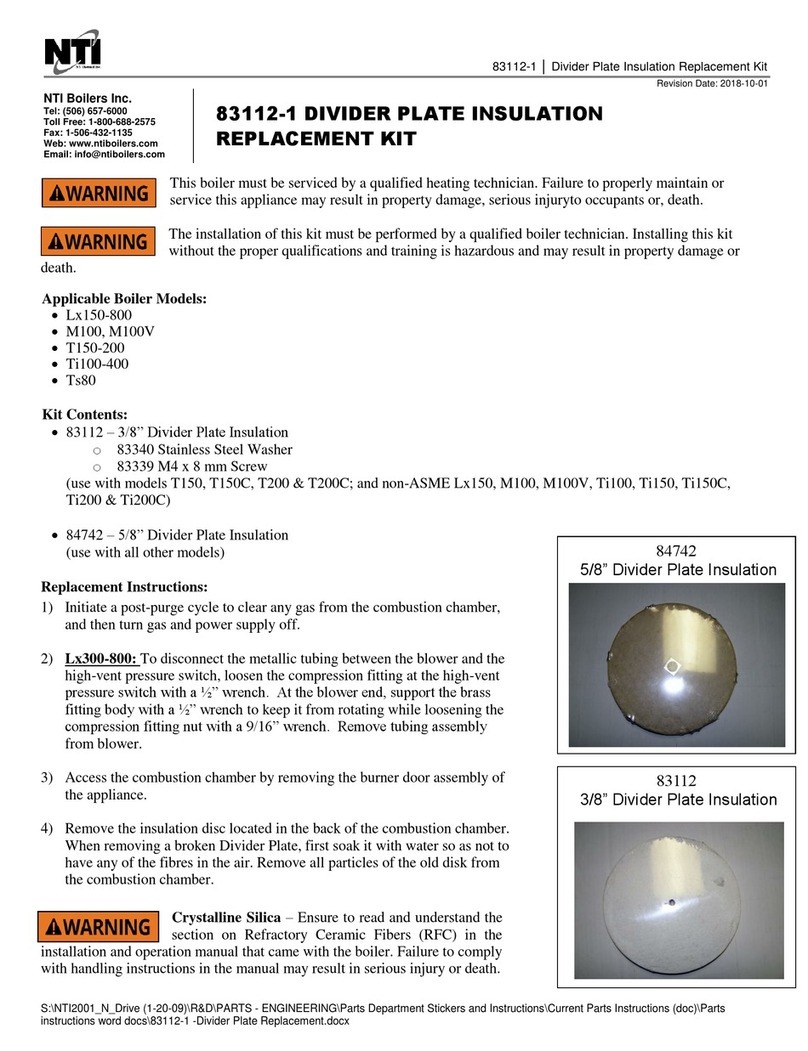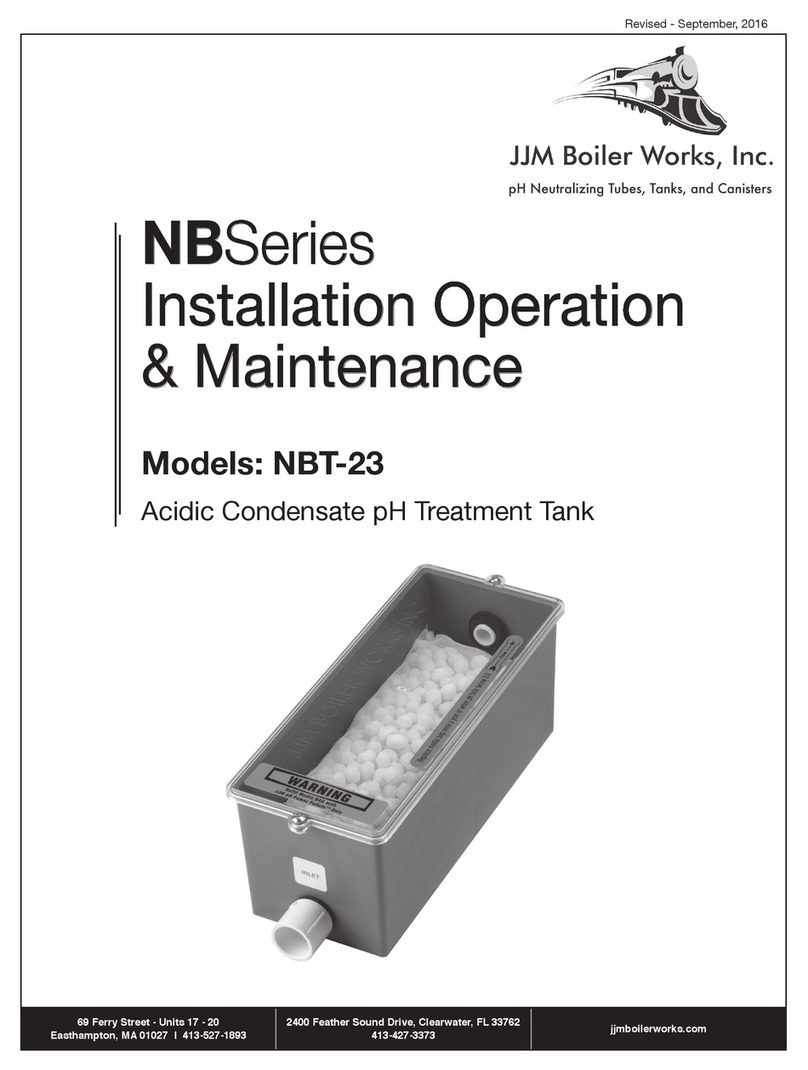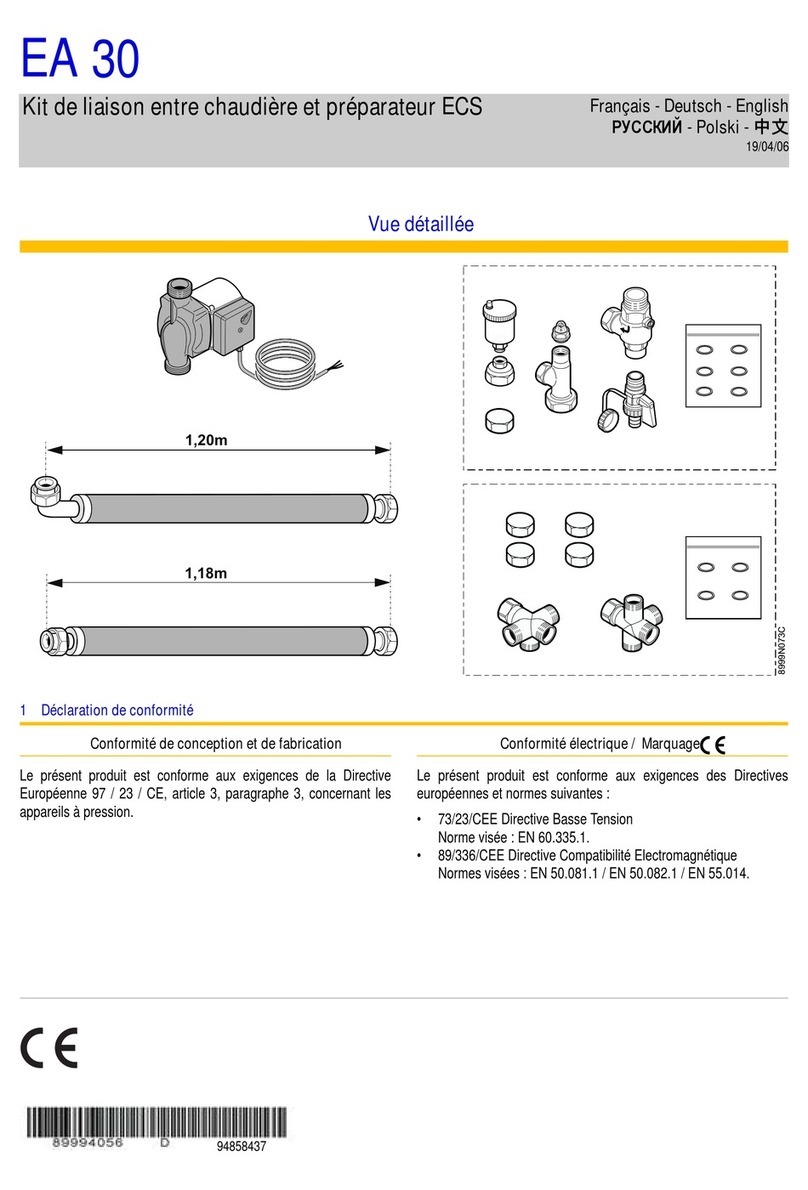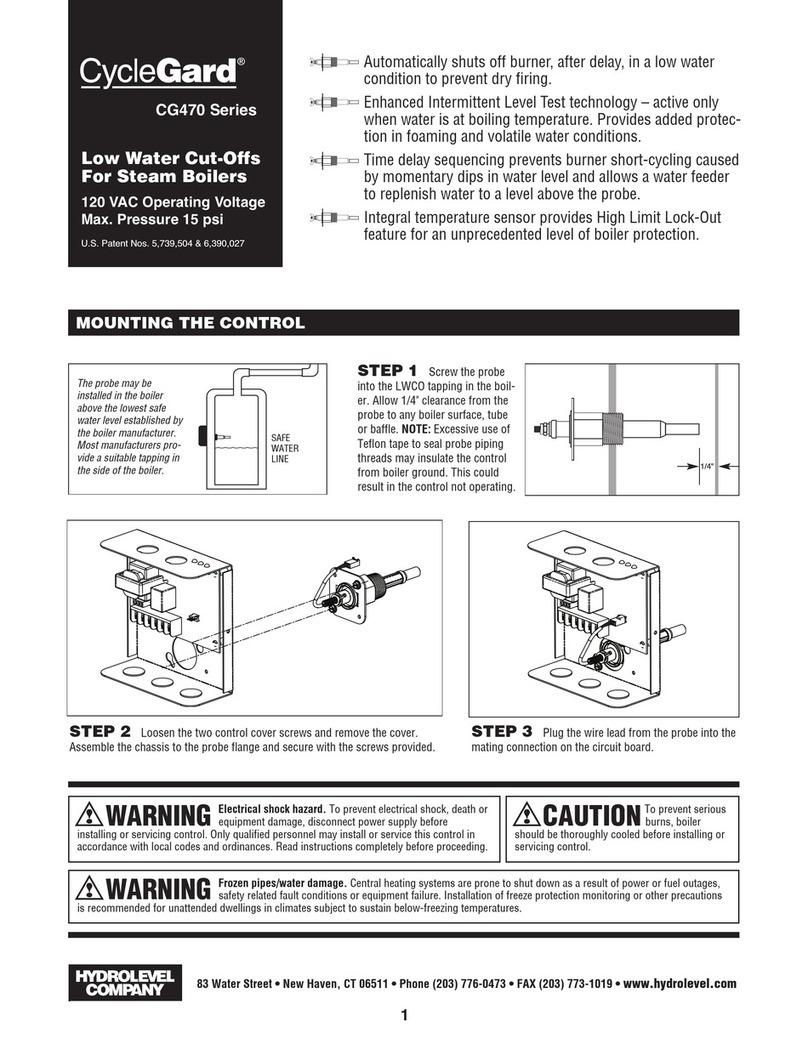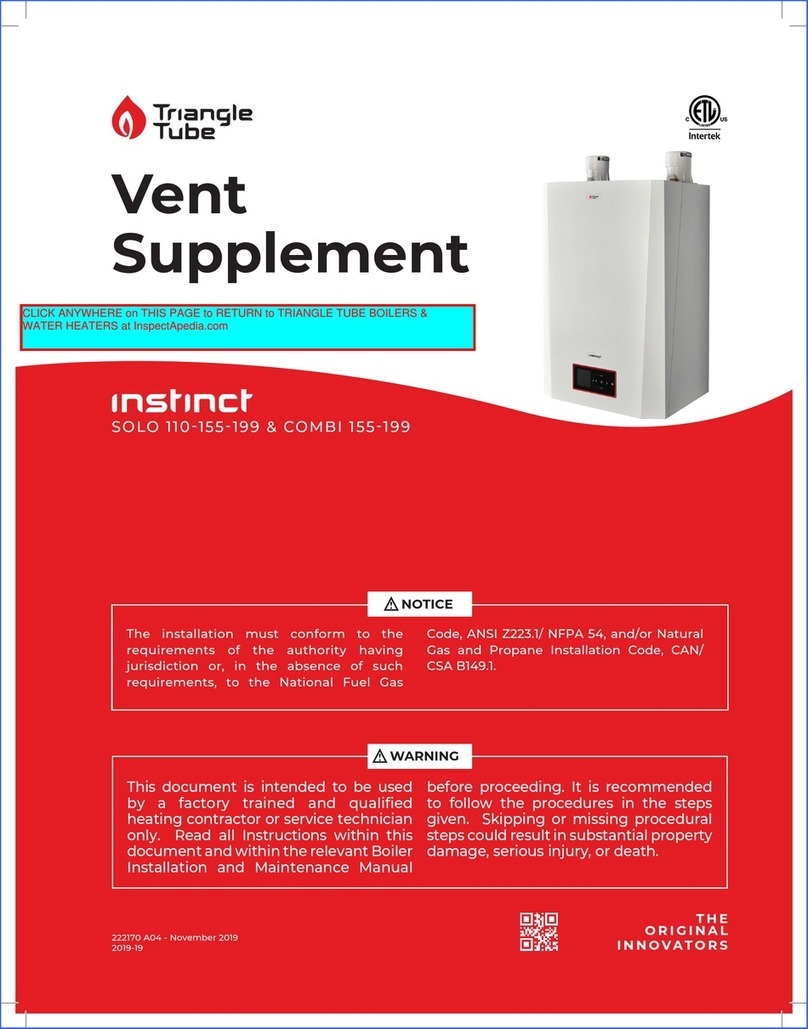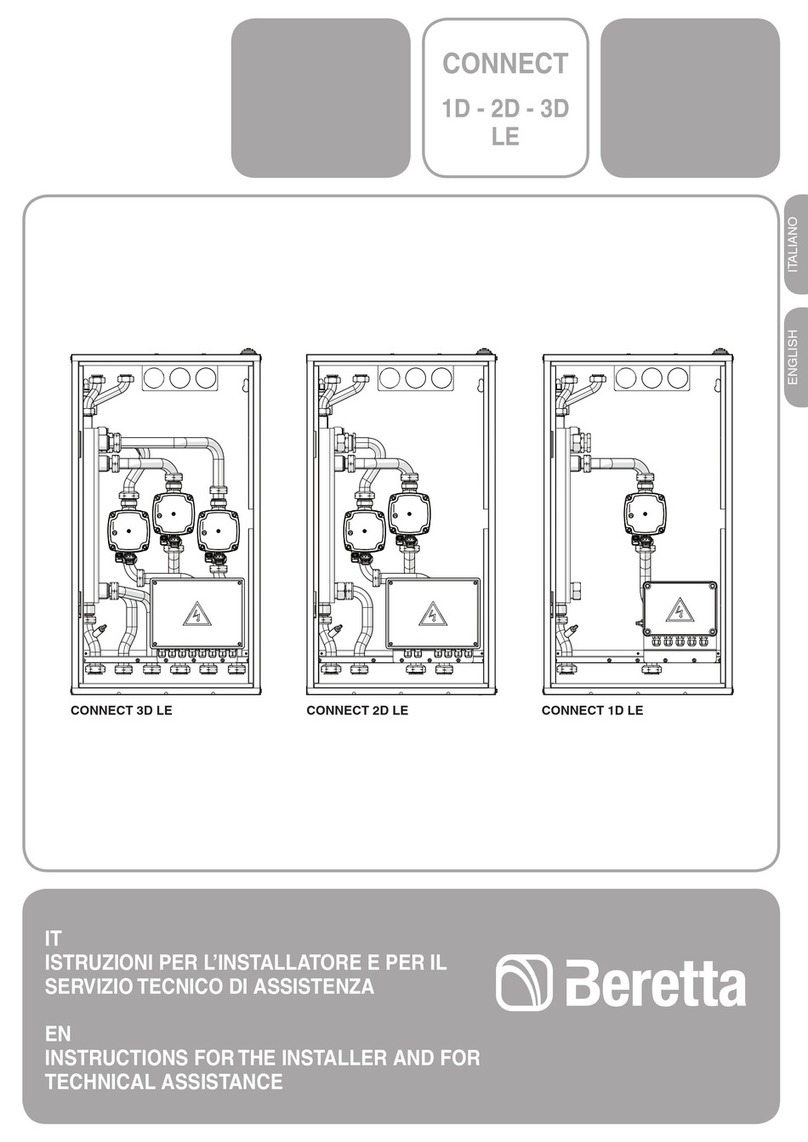NTI 84867-1 User manual

Tx51-151(C) NG-LP Conversion Instructions 1
Trinity Tx51-151 & Tx151C
NATURAL TO LP CONVERSION INSTRUCTIONS:
Version Date: 2017-01-20
Kit Numbers: 84867-1, 84867-2, 84867-3, 84867-4
Trinity boilers are factory set to operate with Natural Gas. BEFORE OPERATING WITH PROPANE the specified
LP-orifice must be installed between the Venturi and Gas Valve. There are four (4) versions of conversion kit 84867
(1, 2, 3 & 4); each kit contains an LP-orifice sized for a specific boiler model (see Table below). The orifice size is
stamped into each orifice; ensure the orifice being used corresponds to the boiler model being converted. Use the
procedures outlined in these instructions to fully complete the Natural Gas to LP conversion.
Kit Contents:
Natural to LP Conversion Instructions
Natural to LP Conversion Decal (p/n 84867)
LP-orifice (see below)
LP Conversion Kit and LP-orifice Identification:
Boiler Model No.
LP-orifice
Conversion Kit
Part No.
Size (mm)
Part No.
Tx51
3.5
84869
84867-1
Tx81
3.8
84870
84867-2
Tx101
4.2
84871
84867-3
Tx151, Tx151C
5.05
84795
84867-4
This conversion kit CANNOT be used to convert NTI appliance models not referenced in these
instructions. Contact NTI for the Natural Gas to LP conversion kit and instructions for other
models.
Failure to install the correct LP-orifice may result in dangerous Carbon Monoxide levels, fire or
explosion leading to property damage, personal injury or death.
ATTENTION: LIQUEFIED PETROLEUM (LP) PROPANE
Liquefied Petroleum (LP) propane gas is heavier than air; therefore, it is imperative that your boiler is not
installed in a pit or similar location that will permit heavier than air gas to collect. Local Codes may require
appliances fueled with LP gas be provided with an approved means of removing unburned gases from the
room. Check your local codes for this requirement.
This conversion kit shall be installed by a qualified service agency in accordance with
the manufacturer’s instructions and all applicable codes and requirements of the
authority having jurisdiction. If the information in these instructions is not followed
exactly, a fire, an explosion or production of carbon monoxide may result causing
property damage, personal injury or loss of life. The qualified service agency is
responsible for the proper installation of this kit. The installation is not proper and
complete until the operation of the converted appliance is checked as specified in the
manufacturer’s instructions supplied with the kit, which necessitates the use of a
calibrated CO2/O2and CO combustion analyzer.
84925

2Tx51-151(C) NG-LP Conversion Instructions
1.0 Installing the Orifice
1. Turn the 120VAC power supply off to the boiler.
2. Turn gas supply “shut off valve” off.
3. Remove the front cover from the unit.
4. Remove the gas line from the Gas Valve.
5. Disconnect Gas Valve Harness and tubing (label tubing
to ensure it can be reconnected properly).
6. Pay close attention to the orientation of the Gas Valve in
relation to the Venturi. It is recommended to mark the
components so they are reassembled in the correct
orientation.
7. Remove the 2 screws connecting the Gas Valve to the
Venturi and pull the Gas Valve down away from the
Venturi.
8. Remove the rubber gasket located between the Gas
Valve and Venturi and insert the appropriate LP-orifice
into the groove in the middle of the gasket; the orifice
should fit securely. See table on Page 1 for correct LP-
orifice for your boiler model.
9. Place the gasket (containing LP-orifice) onto the outlet
of the Gas Valve, press the Gas Valve into position on
the Venturi and securely tighten the two screws, ensure
the gasket is properly seated.
10.Reconnect the gas line, harness and tubing (ensure the
tubing is reconnected properly). Turn gas on and check
for leaks in all gas piping, including the inlet connection
to the gas valve, using a soap and water mixture.
2.0 Gas Valve and Burner Setup
Failure to perform the Gas Valve and Burner Setup correctly may result in incorrect
operation, component failure, property damage, serious injury or death.
Operating Sequence
Prior to commencing the Gas Valve and Burner Setup, perform the following operating sequence check:
1. Turn the supply of gas to the boiler off.
2. Set the thermostat to the highest setting.
3. Ensure the combustion fan pre-purges for a short time prior to activating the spark igniter.
4. Ensure the combustion fan post-purges for approximately 60 seconds prior to activating the spark igniter
again.
5. Set the thermostat to the lowest setting and continue with the Gas Valve and Burner Setup procedure outlined
below.
Gas Line Pressure
The boiler gas valve is equipped with a Line Pressure Test Port; see Figures 2-1 and 2-2. Use the following procedure
to measure the gas line pressure to the boiler to ensure it falls within the range given in Table 2-1:
1. Turn the supply of gas to the boiler off.
2. Open the bleed screw of the Line Pressure Test Port approximately 1-1/2 turns. This port is directly
connected to the gas line feeding the boiler. See Figures 2-1 and 2-2.
3. Force 1/4ID tubing over the housing of the Line Pressure Test Port; install the other end of the tubing to an
appropriate line pressure test gauge or manometer. Ensure both ends of the tubing make a tight connection.
4. Turn the gas supply to the boiler on and check for gas leaks.
5. Observe the line pressure under static conditions and compare it to Table 2-1. The pressure will be greatest
under static conditions.
6. With all other gas appliances in the application running, operate the burner to the maximum modulation rate
(see Table 2-2) and compare the observed line pressure with Table 2-1. The pressure will be lowest during
the maximum flow of gas, i.e. maximum modulation rate.
LP-orifice
Rubber
Gasket
Gas Valve
Venturi

Tx51-151(C) NG-LP Conversion Instructions 3
7. Adjust the gas line pressure to ensure the parameters in Table 2-1 are attained under all conditions. If
possible adjust the line pressure to the "Nominal/Desired" value listed in Table 2-1 while the unit is operating
at the maximum modulation rate.
8. Continue observing gas line pressure until combustion analyses is complete in case adjustments need to be
made.
9. Complete pressure testing, remove the ¼”tube from the test port and then return the bleed screw of the Line
Pressure Test Port to the closed position.
The line pressure is a function of the gas supply and is affected solely by field provided
parameters such as line size and regulator settings. Under no circumstances can the boiler gas
valve influence or be used to adjust the gas line pressure.
Failure to close the bleed screw of the Line Pressure Test Port will cause a severe leakage of
gas, resulting in a fire or explosion causing property damage, serious injury or death.
Table 2-1 Line Pressure and Combustion Parameters
Model
Gas
Line Pressure (inches wc)
CO2(%)*
CO (ppm)
Max.*
Nominal/Desired
Min.
Max.
Min.
Max.
Tx51-151(C)
Natural
7
4
10.5
9.0
9.8
175
Propane
11
8
13
10
10.8
*Note: Observe the combustion products with the burner operating at the maximum modulation rate, CO2 and CO values will
be lower at minimum modulation rate.
Table 2-2 Minimum and Maximum Input Ratings and Respective Modulation Rates
Model
Appliance
Number
Min. Modulation
Rate (RPM)
Max. Modulation
Rate (RPM)
Input (MBH)
Min
Max*
Tx51
1
1380
5460
7.1
57
Tx81
2
1260
5700
10.3
82
Tx101
3
1260
5820
12.6
101
Tx151
4
1380
6540
18.9
151
Tx151C
5
1380
6540
18.9
151
*Canada: Altitudes between 2000-4500 ft [610-1372 m], de-rate by 10%. Consult local authorities for de-rating for altitudes
above 4500ft [1372 m].
Carbon Monoxide –DO NOT leave the unit operating if producing Carbon Monoxide (CO)
concentrations in excess of 175ppm. Failure to comply may result in serious injury or death.
Manifold Pressure - DO NOT adjust or measure the Manifold Pressure of the boiler. Correct
manifold pressure is factory set. Field adjustment could result in improper burner operation
resulting in fire, explosion, property damage or death.
Adjustment
Throttle / Input Screw Adjustments - The boiler is equipped with a Throttle/Input Adjustment Screw located on the
Gas Valve. It is used to adjust the flow of gas leaving the gas valve entering the Venturi and then the combustion
air stream. Turn the Throttle screw in (clockwise) to reduce the flow of gas, make combustion leaner, and reduce
the concentration of CO2in the flue gases. Turn the Throttle screw out (counterclockwise) to increase the CO2
level and flow of gas in the combustion air stream. Typical adjustment required is 0-1/2 full turns in or out from
the factory setting. See Figures 2-1 and 2-2 for Throttle screw location and Table 2-1 for appropriate CO2levels.
Adjustments to the Throttle/Input-Screw may only be made by a qualified gas technician
while using a calibrated combustion analyzer capable of measuring CO2and CO.
Adjustments may only be performed if the gas line pressure is maintained above minimum
levels throughout the duration of the test, see Table 2-1. Failure to follow these instructions
may result in serious injury or death.
Throttle/Input Adjustment Screw
Increase gas
Turn Counter Clockwise
Decrease gas
Turn Clockwise

4Tx51-151(C) NG-LP Conversion Instructions
Combustion Calibration - To calibrate burner operation, perform the following procedure using a calibrated
combustion analyzer capable of measuring CO2and CO from Natural and Propane Gas burning boilers:
1. Operate the unit at the maximum modulation rate, see Table 2-2.
2. Ensure the gas line pressure is maintained within tolerance, see Table 2-1.
3. While at the maximum modulation rate, measure the CO2and CO; adjust as necessary, using the Throttle
Screw, to be within the limits listed in Table 2-1.
4. Operate the unit at the minimum modulation rate (Table 2-2). Ensure the combustion remains smooth and CO2
and CO values are lower than the values obtained during maximum modulation (Table 2-1). If not, do not
adjust further, contact NTI for assistance.
Failure to perform the flue gas analysis and adjustment may result in erratic and unreliable
burner operation, leading to reduced efficiency, increased fuel consumption, reduced
component life, heat exchanger combustion deposits, and general unsafe operation. Failure to
follow these instructions may result in property damage, serious injury or death.
Figure 2-1 Tx51-151 Gas Valve and Venturi Assembly
Venturi
Gas Valve
Line Pressure
Test Port
Manifold Pressure
Test Port
DO NOT Adjust
Throttle / Input
Adjustment Screw

Tx51-151(C) NG-LP Conversion Instructions 5
3.0 Labeling
As the certified installer of the LP Conversion Kit, you must indicate on the boiler that it has been converted for use
with Propane (LP) Gas:
1. Update Rating Plate Decal –Locate the rating plate decal on the side of the appliance, using a regular ink pen,
check the box next to “Field converted to Propane Gas” and fill in the date; depress hard enough to permanently
etch the decal (see Figure 3-1).
2. Fill out the required information on the Conversion Decal (included in this kit) and affix it to the boiler cabinet
adjacent to the rating plate decal, and in a location where it can be easily seen (see Figure 3-2).
Figure 3-1 Update the Rating Plate Decal
Figure 3-2 Conversion Decal
X
2013-02-26
11” wc [2.74 kPa]
8/13” wc [2/3.2 kPa]
0” wc [0kPa]
7” wc [1.74 kPa]
4/10.5 wc [1/3.2 kPa]
0” wc [0kPa]
Pression du Gaz, Conduit
Min/Max Pression du Gaz, Conduit
Pression du Gaz, Collecteur
Gas Pressure, Line
Min/Max Gas Pressure, Line
Gas Pressure, Manifold
This appliance was modified with kit #84867-1, by
,
which accepts responsibility that this conversion
was made properly.
THIS CONTROL WAS CONVERTED FOR USE
WITH _______GAS.
Reference rating plate for propane Input and Gas Pressure.
Attach this decal
below the existing
rating plate decal.
This manual suits for next models
3
Table of contents
Other NTI Boiler Supplies manuals
Popular Boiler Supplies manuals by other brands
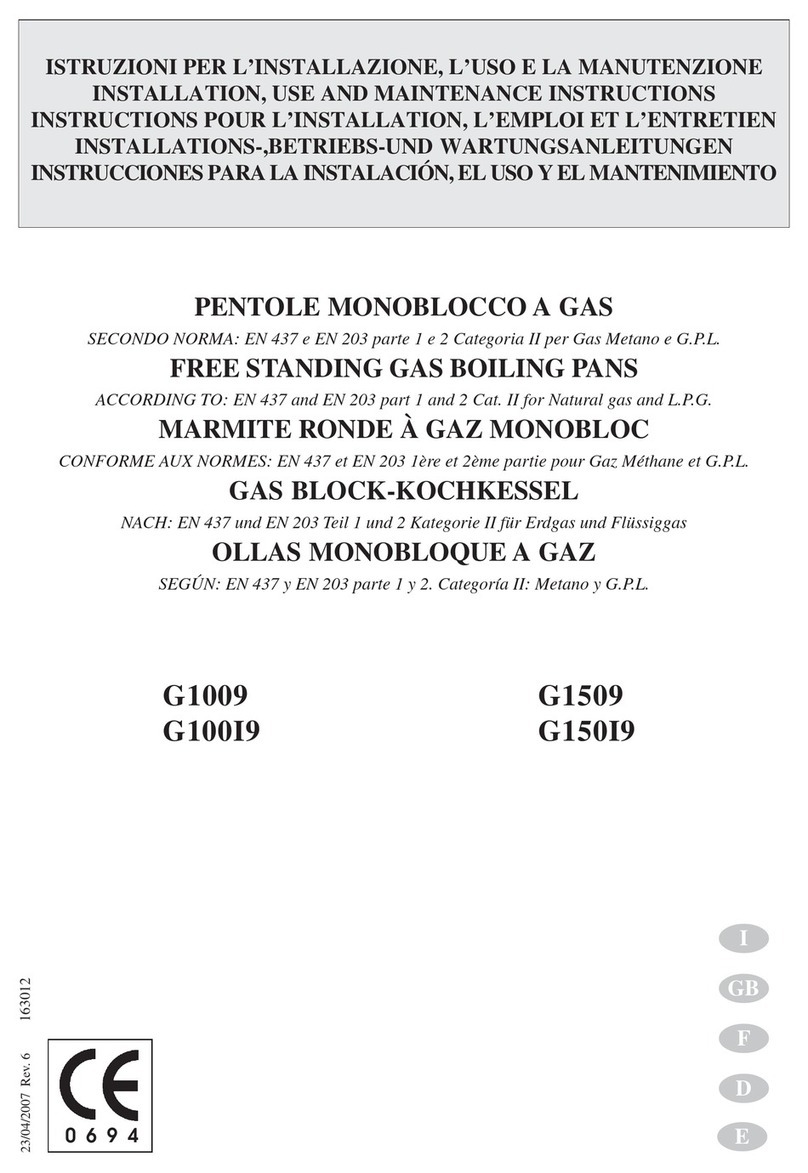
Hobart
Hobart G1009 Installation, Use and Maintenance Instruction
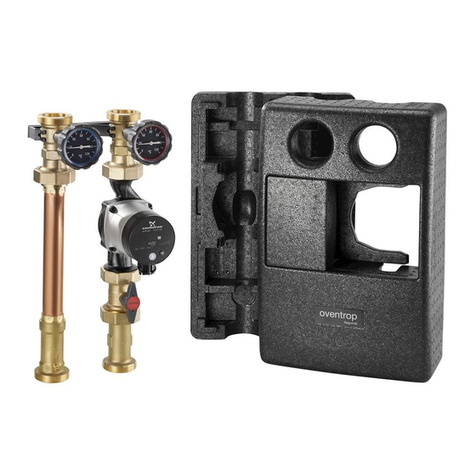
oventrop
oventrop Regumat DN32 Installation and operating instructions
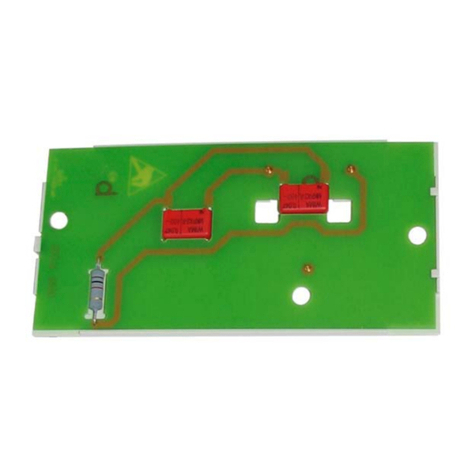
Siemens
Siemens AGU2.522 Series Mounting instructions

Buderus
Buderus Logamax plus GB142-24 instructions

Miura
Miura EJ-210 Start up & operation manual

Miura
Miura STEAM EO-010A installation manual

